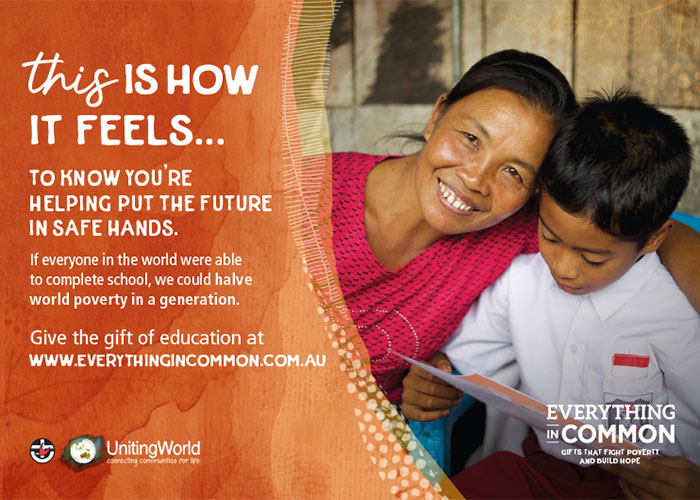In a few months, the Disability Royal Commission will hold a public hearing on homelessness for people with disability. A key piece of the puzzle is the kinds of housing people at risk of homelessness find themselves in – which means we need to talk about social housing, and especially public housing (which is the social housing run by the government, rather than non-profits).
Nearly half of the households in public housing include at least one person with disability, according to the Australian Institute of Health and Welfare. But the 2018 National Social Housing Survey found that disabled people report less improvement to their life from living in social housing compared to others.
I spoke to Carolyn, a public housing tenant with a chronic illness and psychosocial disability. After a childhood in poverty, moving around frequently between private rentals, and a “nightmare” stay in a boarding house, public housing symbolised stability – but came with its share of problems.
“Thirty years of complaining about mould,” they laughed, telling me about how they ended up in a tribunal hearing just to get their poorly maintained, rusty, leaking gutters fixed.
Among its other challenges, Australian public housing is stuck in a vicious cycle that goes something like this:
- Not enough public housing stock
- More and more of those places, proportionally, go to highest-needs/lowest-income tenants
- Government collects less total rent from public housing tenants (and doesn’t compensate with extra money from the budget)
- Less money for maintenance means the buildings wear out faster
- Government sells off older stock to fund maintenance and building costs
- Now they have less land to build public housing on
- Go back to number one
Concentrating more and more people with disability in what Western Sydney University researcher Michael Darcy called “pockets of severe disadvantage” makes it more and more urgent that the housing system doesn’t coordinate well with other systems that provide services to their tenants. Limited communication and collaboration between these systems makes them each worse at supporting people to keep their health and housing situation stable. For all the good changes NDIS has made to disability services, it only worsened the collaboration gap.
In her 2019 paper “Where has the community gone?” Betty Stampoulis-Lyttle says, “Providers cannot sell this, nor can they make any money from it, hence, most of this work is now placed at the bottom of the priority list.” A 2020 study by Mind Australia and the Australian Housing and Urban Research Institute found that “state, territory and Commonwealth housing, homelessness and mental health policies … are essentially separate systems with little integration”.
“People think once you’ve got a roof over your head, everything’s solved,” said Carolyn.
But high-needs tenants, the first off the overwhelming waiting list, need the right supports – otherwise their problems not only get worse but affect everyone around them.
Carolyn told me about a series of neighbours who moved in with violent histories and no apparent plan for behavioural support or protection for other tenants. Many of them were eventually evicted after a terrifying period of regular assaults, drug-dealing and building damage.
At that point, Carolyn and their highly traumatised neighbour Sara* were offered support, but it “never happened”. And the stress triggered a downward spiral in Sara’s mental health, including paranoia and “turning on everyone” – continuing the cycle.
“If they’re going to house marginalised people,” Carolyn said, “they should know how to deal with us.”
But Housing isn’t funded to know how to deal with that, and those who are face many unnecessary barriers to their effectiveness. People like Carolyn are left to do unpaid, unresourced work supporting their neighbours. And the people who lose their place in public housing after doing damage to their surroundings (and neighbours)? Well, they wind up back on the streets or in prison. But that, of course, is someone else’s problem.
My question for the Royal Commission, the government, the community, is – can’t we do better than that?
_______________
Maggie Korenblium is DRC Communications Coordinator at People with Disability Australia





